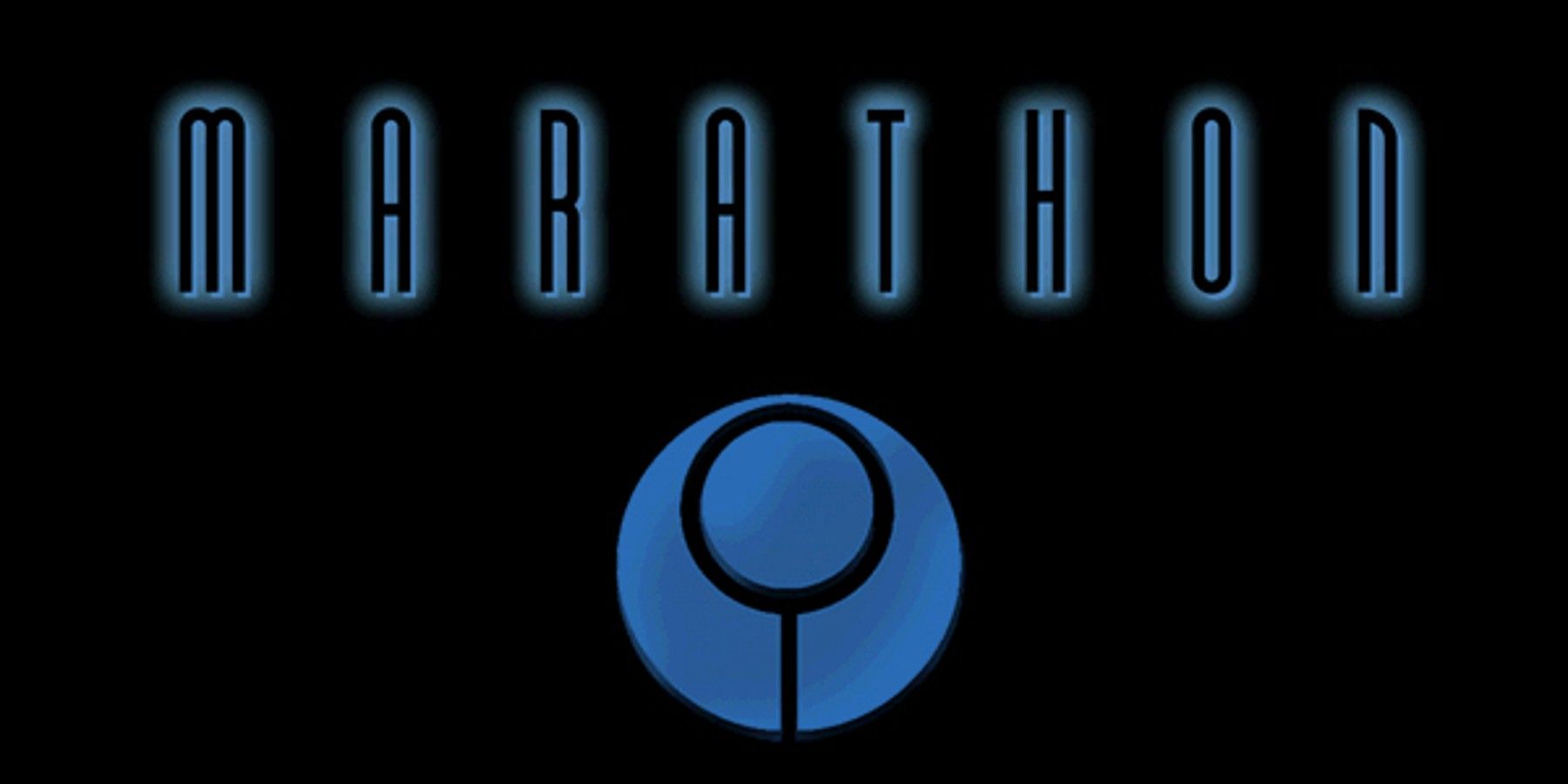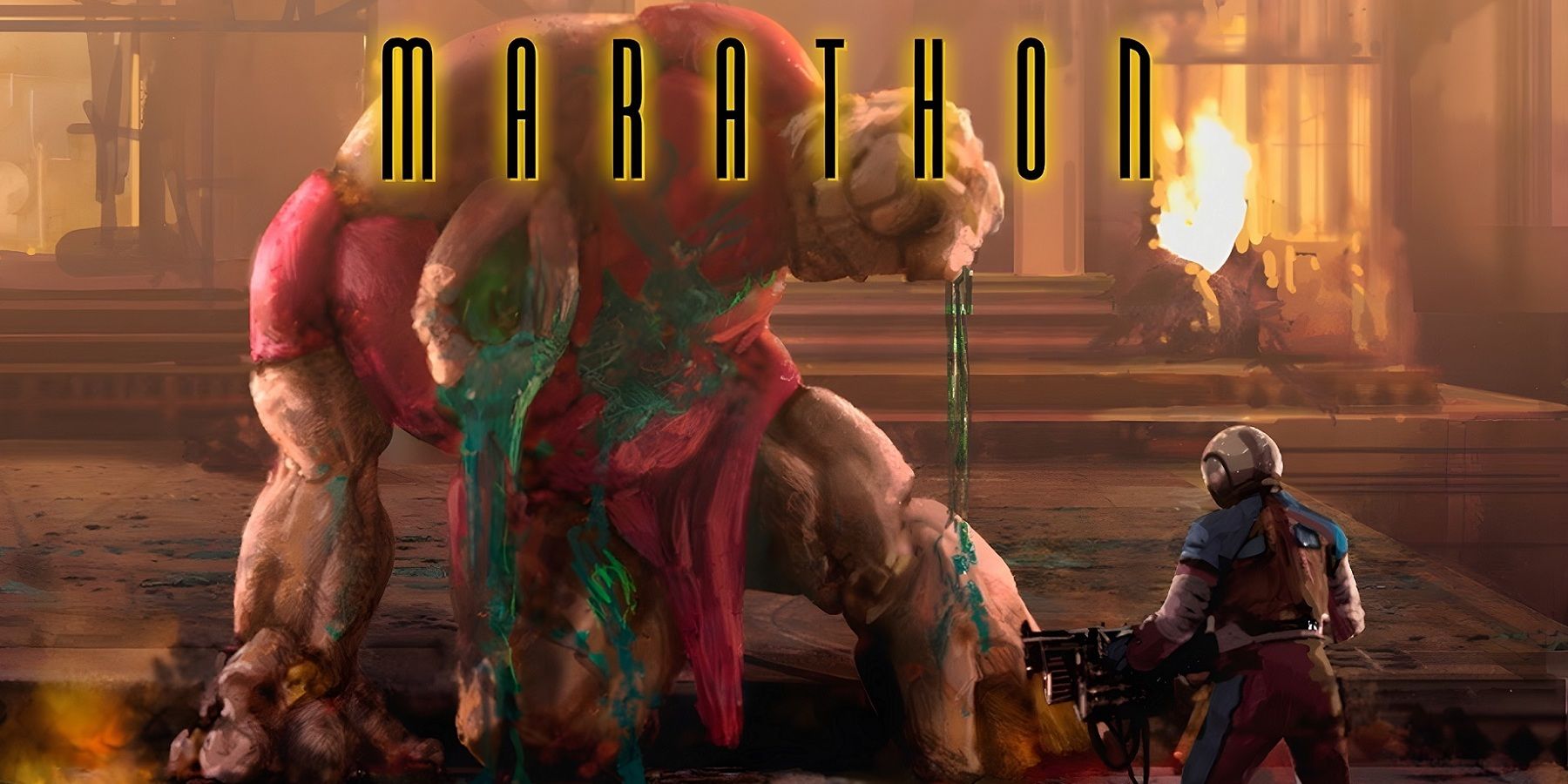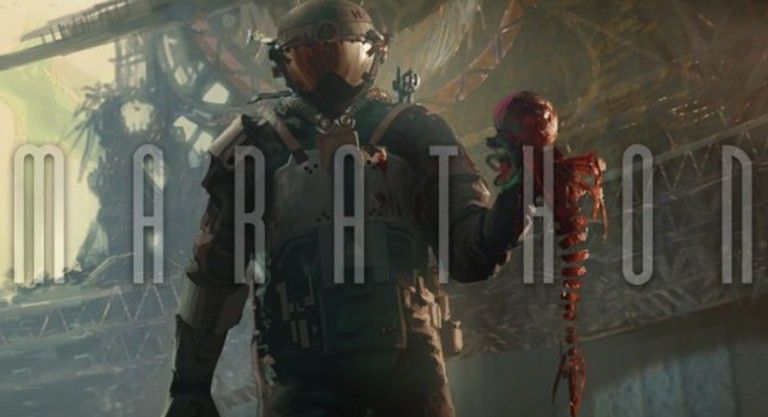A highly experienced studio that's best known for its beloved Halo and Destiny franchises, Bungie is the perfect example of a gaming industry veteran. Founded all the way back in 1991, Bungie has come a long way in the last three decades, and it's had its fair share of popular franchises along the way. But before Halo and Destiny, Bungie tested the waters with an experimental Sci-Fi shooter series named Marathon, which spawned its own iconic trilogy of games.
All released in the mid-1990s, just one year apart, the original Marathon trilogy may not be Bungie's first foray into the gaming landscape, but it's certainly one of the studio's most important. A Sci-Fi epic that sees players suit up in power armor and get assistance from an AI, it's fair to say that Marathon went on to heavily inspire the Halo franchise, but there are some key differences between the two series.
The Original Marathon Trilogy
Released in December 1994, the first game in the series, simply titled Marathon, was initially marketed as an Apple Macintosh exclusive. Released just one year after the monumentally influential Doom, Marathon borrowed a lot of elements from the hellish shooter. Marathon's 3D environments were modeled in a similar way to Doom's, albeit with some improved dynamic lighting, and the first-person shooting mechanics were fairly similar between the two titles. But Marathon had one big advantage over Doom: it had free-look.
One of the earliest adopters of free-look, Marathon was one of the first games that allowed players to look around their environment freely with the mouse, as opposed to being stuck on a strict horizontal or vertical axis. Each level sees players explore a labyrinth of spaceship corridors and rooms, blasting away aliens and avoiding environmental hazards. While the gameplay is fairly similar to its competitors of the time, Marathon's plot and storytelling are what lifted it above others.
Set in the year 2794, Marathon sees players take on the role of an unnamed security officer aboard the UESC Marathon, a spaceship that's been tasked with creating a colony in the Tau Ceti system. Before they can get there, however, a group of aliens known as the S'pht attack the ship. In each level, players can find a series of terminals that explain the plot and the character's current objectives. At the time, plot wasn't often given in-game, with any story usually being relegated to the game's manual. Over the course of Marathon's story, players will work with the AI Leela to push back the alien forces, and try to stop the rampant AI Durandal from destroying the Marathon.
Less than a year later, Bungie released Marathon 2: Durandal. Set 17 years after the events of the first game, Marathon 2: Durandal sees the player once gain assume the role of the unnamed security officer as he's abducted by Durandal and tasked with uncovering the mysteries of the S'pht home world, Lh'owon. With even more twists and turns than its predecessor, Marathon 2 feels like modern-day Bungie, with plenty of religious parallels, ancient civilizations, and rebelling AIs.
With the vast majority of Marathon 2 taking place on an alien planet, the game feels quite a bit different from its predecessor. Bungie added more dynamic lighting effects, more ambient sounds, and much more open-ended environments. Marathon 2, both in terms of plot and level design, often feels like a predecessor to the original Halo trilogy, with Bungie clearly taking similar plot outlines and gameplay ideas, and improving upon them over the years.
Much like its predecessor, Marathon 2 performed extremely well both critically and commercially, and it wasn't long before another sequel would release. Launching in October 1996, Marathon Infinity shows that by this point, Bungie knew it had something special, and the developer wasn't afraid to keep experimenting. While Marathon 2 took its plot and gameplay one step further, introducing both spaceship sequences and planetside missions, Marathon Infinity turns it up to 11, taking players on an adventure through space and time.
Marathon Infinity will not be everyone's cup of tea, but it's one fascinating FPS game. Where the last two games saw the player progress linearly through missions, learning objectives from terminals and completing them, Marathon Infinity has a variety of different level paths and choices, each of which can then lead to a different mission coming next. With a plot that centers around trying to trap an eldritch monster in the sun through the power of dreams, Marathon Infinity can get very trippy, and it really shows Bungie at its most experimental.
Marathon's Influence On Halo
Playing through the Marathon trilogy today, there are some elements that clearly went on to influence the Halo franchise. From a gameplay perspective, there are a few little details that carry over to Halo. For instance, Marathon has a motion sensor at the top of the screen that shows oncoming threats and allies, and bears a close resemblance to the circular radar found in every Halo game. Shields also play a vital role in Marathon, just as they do in Halo.
There are a plethora of plot similarities between the two franchises. One of the most obvious is the inclusion of AI characters. In both Marathon and Halo, the player is given objectives from an AI, and the AI guides them through the level, giving plenty of lore tidbits along the way. Marathon even features an AI that suffers Rampancy, which is a prominent part of Cortana's story in Halo 4.
Marathon's two alien factions are also very reminiscent of Halo's Covenant. Called the S'pht, this alien group in Marathon is a collection of different alien species, all forced to fight alongside each other by the insectoid species the Pfhor. Eventually, the Pfhor's grasp on the S'pht is weakened, and a civil war breaks out between the two factions, with the S'pht then working alongside the humans to stop their former slavers. A further similarity between the two franchises is that the Pfhor also worship an ancient precursor civilization known as the Jjaro, who have long been extinct, with only their technology surviving, much like Halo's Forerunners.



